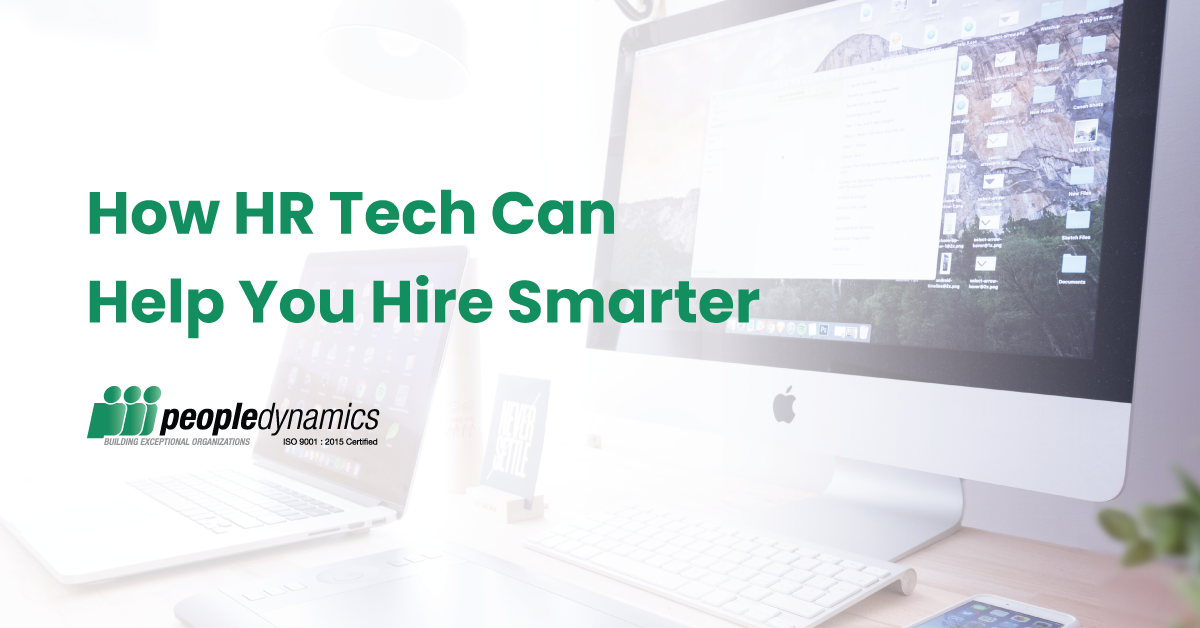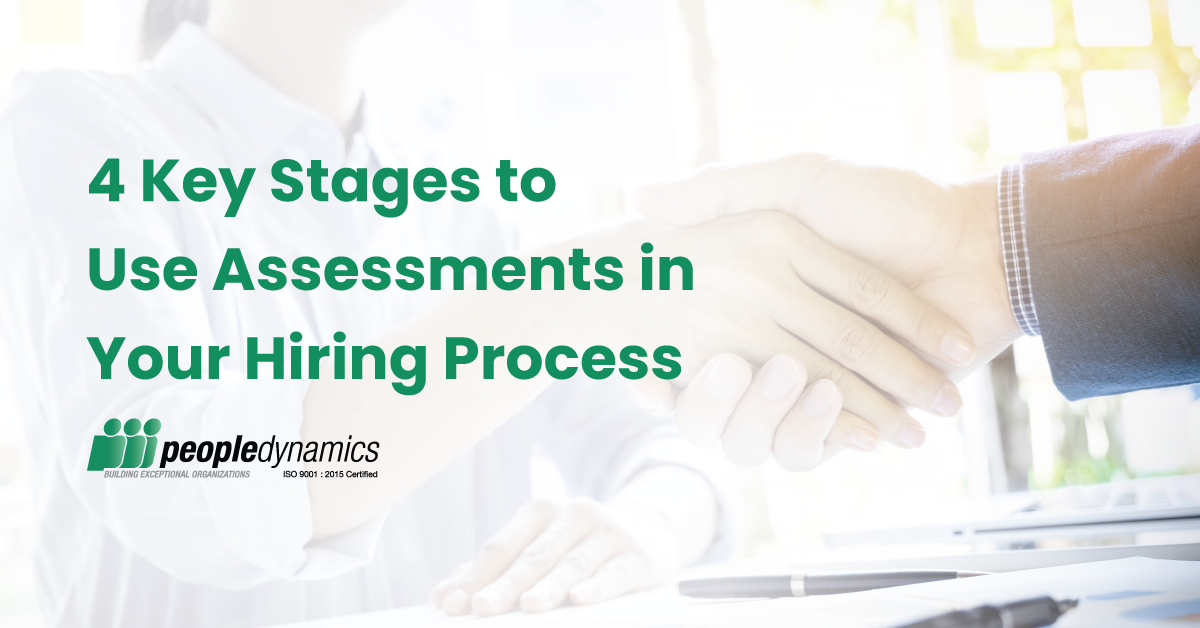Think of the hiring process as an elevator ride, and your manager as the elevator operator. Job candidates are people trying to squeeze into your elevator. The load of all these passengers puts a strain on the elevator and your manager who must also attend to other pressing issues.
The Hiring Elevator Process
It’s tempting for your manager to quickly eyeball the passengers, letting only a few of them onto the elevator on the first floor and turning away the majority. Some candidates get a ride to the second floor (the next phase of the hiring process) based only on their appearance and manners, or how intelligently and enthusiastically they respond to questions. Some passengers express aspirations, interests, and goals that are a perfect fit for your business, so they also get a ride to that second floor.
Earning passage to the second floor also requires passengers to demonstrate their knowledge, acquired through experience and training. Skill sets, education, and credentials may also be important. Some managers are content to reach the second floor, open the doors, and let the passengers walk out onto an employment floor. Unfortunately, many of these passengers are soon back on the elevator heading down, out the front door, and back onto the street—an expensive ride!
The third floor of the hiring process is characterized by a successful hiring decision: A new employee who has a bright future with your business. It’s the hire that all managers dream of but too few actually experience. What needs to take place in the employee appraisal process to make sure you’re hiring on the third floor?
The behavior-based attributes of most passengers are difficult to determine on the first two floors, but they are the keys to long-term performance and retention. Characteristics needed to get a passenger to the third floor are rooted in the passenger’s attitudes and beliefs, maturity, and judgment. What motivates them? Is the passenger stable, able to persevere through complicated and difficult situations? How does the passenger learn and process information? Assess the person’s temperament.
Assessment tools help you measure traits that have a direct impact on a person’s productivity and longevity with your business. Tools should include questions for the interview process to ensure objectivity and consistency. First-floor and second-floor observations drive too many hiring decisions, but it’s the third-floor determinants that are most important! Behavior-based attributes have the greatest impact on performance. If these are either neglected or misjudged, the result will be a poor hiring decision, followed by an unpleasant and expensive firing decision.
Structure the hiring process with help from assessment tools, and help managers find the right passengers for the ride to the top floor—performance and productivity.




